Homestead gardening is a rewarding endeavor that brings you closer to nature, promotes self-sustainability, and puts healthy, organic produce on your table. While it may seem like a daunting task, the good news is that with the right strategies, you can maximize your harvest while minimizing effort. This guide covers everything you need to know to make your homestead garden thrive with ease.
1. Start with Smart Planning (Homestead Gardening)
The foundation of an efficient homestead garden is proper planning. Consider the following tips:
- Choose the Right Location: Ensure your garden receives at least 6–8 hours of sunlight daily and has good drainage.
- Plan Your Layout: Use a gardening app or simple graph paper to map out your garden. Organize crops based on companion planting principles to improve yield and reduce pests.
- Set Realistic Goals: Start small, especially if you’re new to gardening. Focus on a few high-yield, low-maintenance crops.

2. Build Healthy Soil
The key to a bountiful harvest lies in your soil. Here’s how to keep it nutrient-rich:
- Composting: Turn kitchen scraps, yard waste, and animal manure into nutrient-dense compost.
- Mulching: Cover soil with organic mulch like straw or wood chips to retain moisture, suppress weeds, and add organic matter.
- Soil Testing: Test your soil’s pH and nutrient levels to determine what amendments are needed.
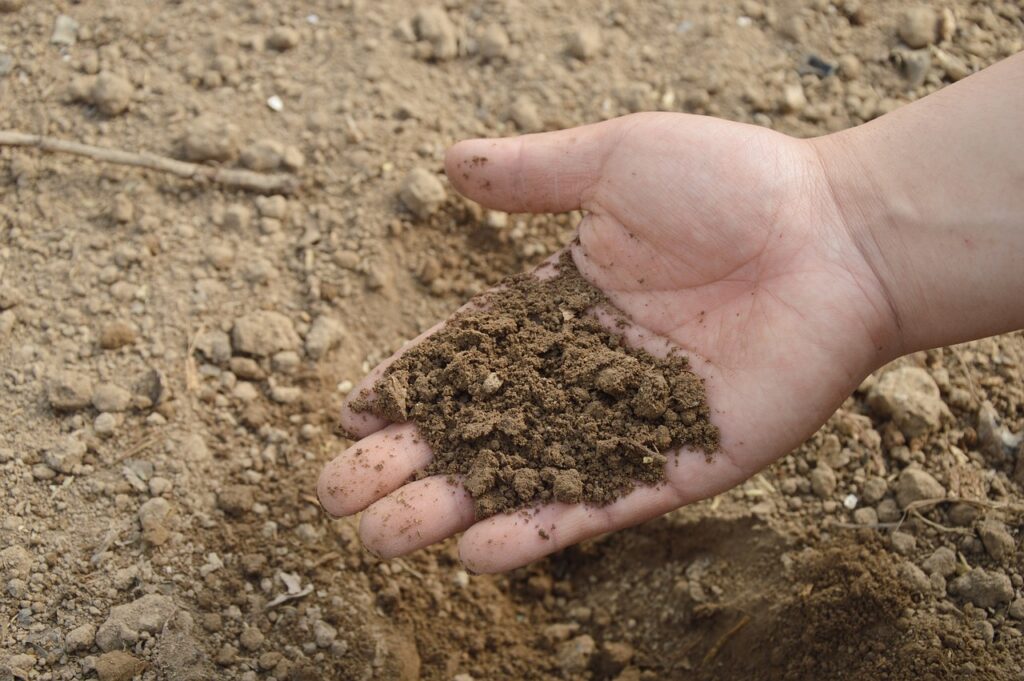
3. Opt for Low-Maintenance Crops
Save time and effort by choosing crops that are easy to grow and productive. Examples include:
- Root Vegetables: Carrots, potatoes, and radishes thrive in most climates.
- Leafy Greens: Spinach, kale, and Swiss chard are quick to mature and grow back after harvesting.
- Perennial Plants: Asparagus, rhubarb, and berry bushes return year after year with minimal care.
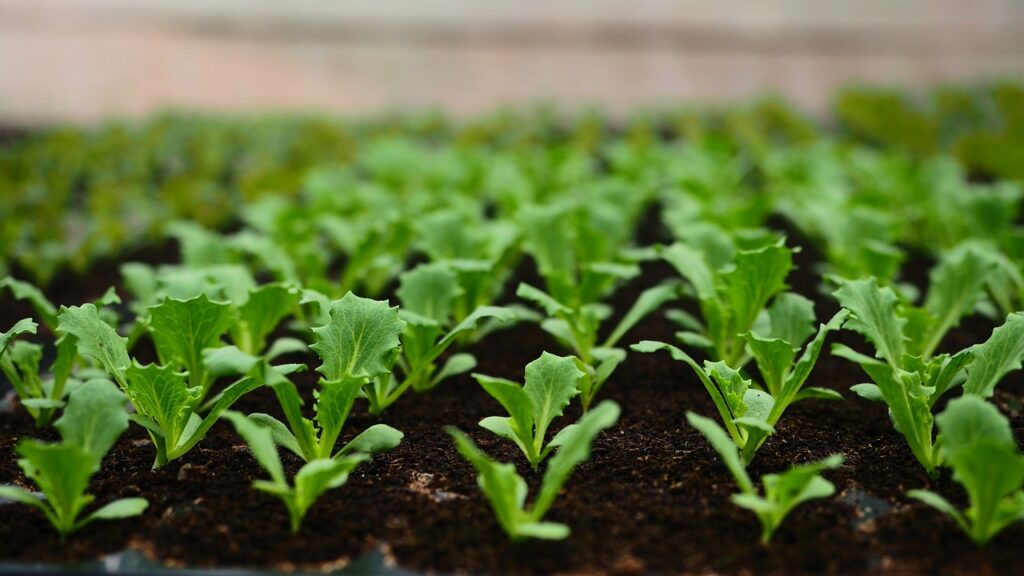
4. Use Efficient Growing Techniques
Adopt techniques that reduce labor and improve yields:
- Raised Beds: These minimize bending, improve soil quality, and provide better drainage.
- Square Foot Gardening: Maximize small spaces by planting in grids, ensuring efficient use of soil and resources.
- Succession Planting: Extend your growing season by planting new crops as soon as others are harvested. (Health)
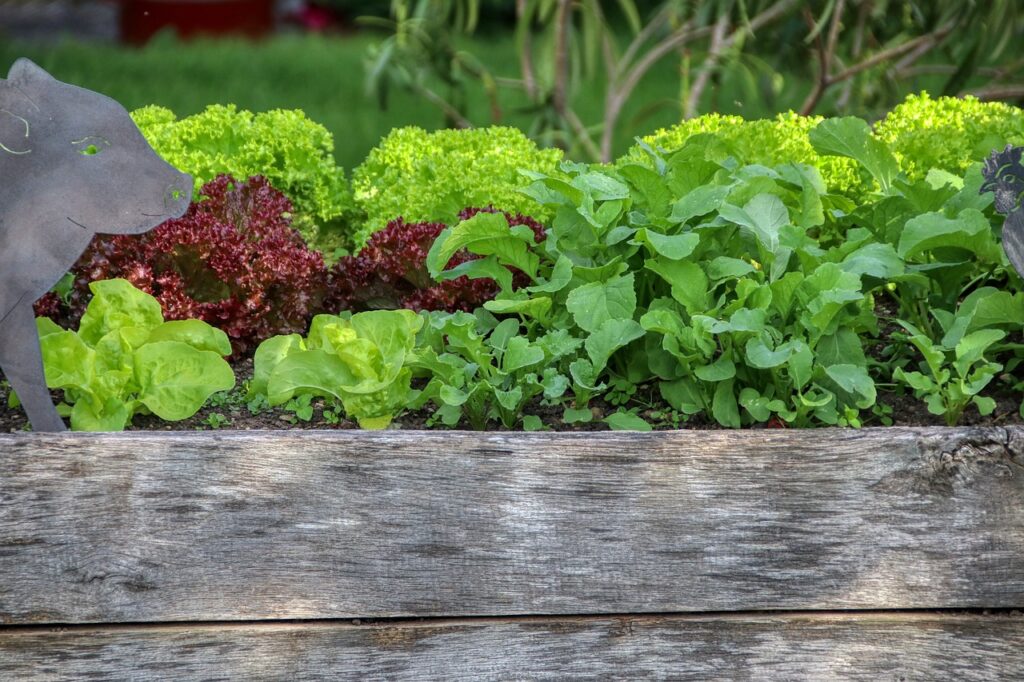
5. Water Wisely
Efficient watering saves time and ensures your plants thrive:
- Drip Irrigation: Install a drip system to deliver water directly to the roots, reducing waste.
- Rainwater Harvesting: Collect rainwater in barrels and use it for your garden.
- Morning Watering: Water plants early in the day to reduce evaporation and prevent fungal diseases.
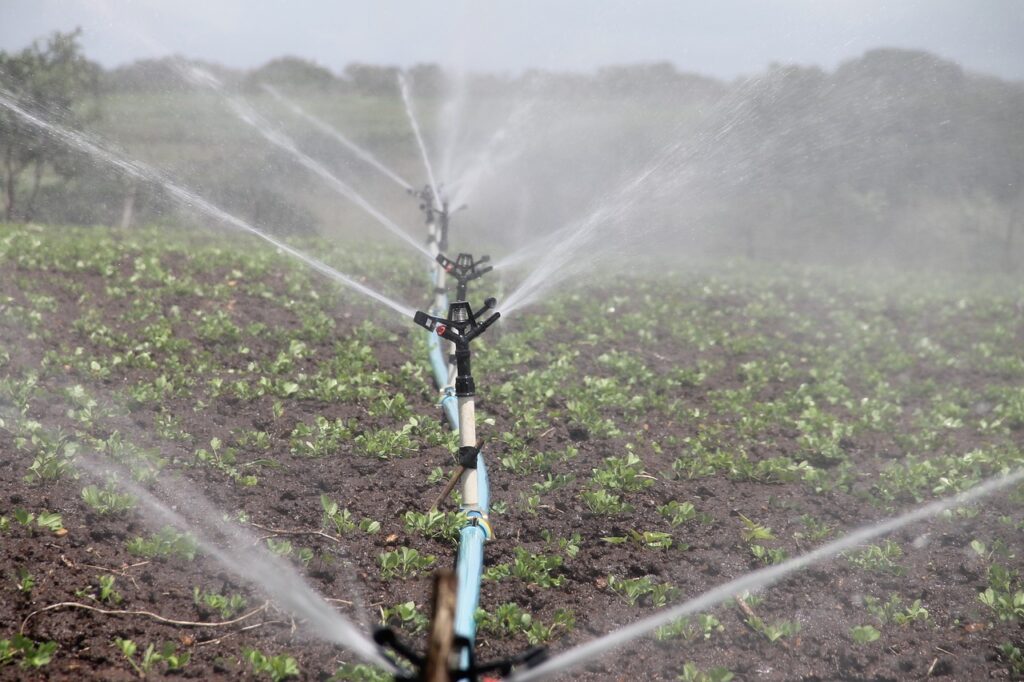
6. Manage Pests and Diseases Naturally
Chemical pesticides aren’t your only option. Try these eco-friendly methods:
- Companion Planting: Pair plants that deter pests, like marigolds with tomatoes.
- Natural Predators: Encourage beneficial insects like ladybugs and praying mantises. (Health)
- DIY Solutions: Use neem oil, garlic spray, or soap solutions to repel pests. (Homestead Gardening)
7. Preserve Your Harvest
Once you’ve reaped the benefits of your garden, ensure nothing goes to waste:
- Canning: Store fruits and vegetables in jars for long-term use. (Homestead Gardening)
- Freezing: Freeze surplus produce to retain nutrients and flavor. (Homestead Gardening)
- Drying: Dehydrate herbs, fruits, and vegetables for lightweight, easy-to-store snacks.

8. Embrace Continuous Learning
Homestead gardening is a journey of discovery. Learn from each season and refine your techniques:
- Join Gardening Groups: Share experiences and tips with like-minded gardeners. (Homestead Gardening)
- Read and Research: Stay updated with books, blogs, and online resources. (Homestead Gardening)
- Experiment: Try new crops and techniques to find what works best for your garden. (Homestead Gardening)
Conclusion
Homestead gardening doesn’t have to be overwhelming. With thoughtful planning, smart techniques, and a touch of patience, you can enjoy a lush garden that provides abundant, fresh produce with minimal effort. Start small, stay consistent, and let the joy of gardening enrich your life. (Homestead Gardening)
2.
What is homestead gardening?
Homestead gardening focuses on growing food and other useful plants to support a self-sustainable lifestyle. It typically involves organic practices, cultivating diverse crops, and minimizing reliance on external resources.
Can I start homestead gardening if I have limited space?
Absolutely! Small spaces like balconies, patios, or tiny backyards can support container gardening or vertical gardening. Techniques like square foot gardening can maximize yields in compact areas.
What are the easiest crops for beginners?
Some beginner-friendly crops include:
Vegetables: Lettuce, spinach, radishes, zucchini, and green beans.
Fruits: Strawberries, raspberries, and cherry tomatoes.
Herbs: Basil, parsley, chives, and mint.
How do I improve my soil quality?
Use compost made from kitchen scraps and garden waste.
Apply organic fertilizers like manure or bone meal.
Rotate crops yearly to avoid nutrient depletion.
Mulch to retain moisture and add organic matter over time.
How can I save water in my garden?
Install a drip irrigation system for targeted watering.
Use mulch to reduce evaporation.
Collect and store rainwater for irrigation.
Water early in the morning or late in the evening to minimize evaporation.
How do I control pests naturally?
Introduce beneficial insects like ladybugs and lacewings.
Plant pest-repelling flowers such as marigolds and nasturtiums.
Use organic sprays like neem oil or soap water.
Practice crop rotation to disrupt pest life cycles.
What is companion planting, and why is it important?
Companion planting involves growing certain plants together to benefit each other. For example:
Marigolds: Repel nematodes and aphids.
Basil with Tomatoes: Enhances flavor and deters pests.
Beans with Corn: Beans fix nitrogen in the soil, benefiting corn growth.
How can I extend my growing season?
Use cold frames, row covers, or greenhouses for winter gardening.
Practice succession planting by sowing crops at intervals for continuous harvests.
Select hardy or fast-maturing crop varieties.
What tools and supplies are essential for homestead gardening?
Key tools include:
Gardening gloves
Hand trowel and spade
Pruning shears
Watering can or hose
Soil tester for pH and nutrients.
How do I preserve surplus produce?
Canning: Ideal for vegetables, sauces, and jams.
Freezing: Retains flavor and nutrients in most fruits and vegetables.
Dehydrating: Perfect for herbs, fruits, and certain vegetables like tomatoes.
Fermenting: Create pickles, kimchi, or sauerkraut for long-term storage.
What are some low-maintenance gardening techniques?
Raised Beds: Reduce weeding and improve soil quality.
Mulching: Suppresses weeds and retains moisture.
Perennial Plants: Once established, these require minimal effort year after year.
Self-Watering Containers: Ensure consistent moisture for your plants.
How do I make gardening easier as I age?
Use raised beds or vertical planters to avoid bending.
Invest in ergonomic gardening tools.
Grow low-maintenance crops.
Mulch heavily to reduce the need for weeding.
Can I homestead garden year-round?
Yes! By using season-appropriate crops and protective structures like greenhouses or row covers, you can garden throughout the year.
How can I attract pollinators to my garden?
Plant native flowers, herbs, and shrubs that attract bees, butterflies, and birds.
Avoid chemical pesticides.
Provide water sources like shallow dishes with stones.
How do I get started if I’m completely new to gardening?
Start with a small plot or containers.
Choose easy-to-grow crops.
Focus on building healthy soil and consistent watering.
Learn from online resources, books, and local gardening groups.
Is homestead gardening cost-effective?
Yes, growing your own food can save money in the long run, especially if you use free or low-cost methods like composting, seed saving, and rainwater harvesting.
How do I deal with extreme weather conditions?
Install windbreaks or shade cloths for protection.
Use mulch to insulate soil against temperature extremes.
Select drought-tolerant or cold-hardy crops depending on your climate.
What are the benefits of homestead gardening?
Fresh, organic produce
Reduced grocery bills
Improved physical and mental health
Environmental benefits like reduced waste and carbon footprint
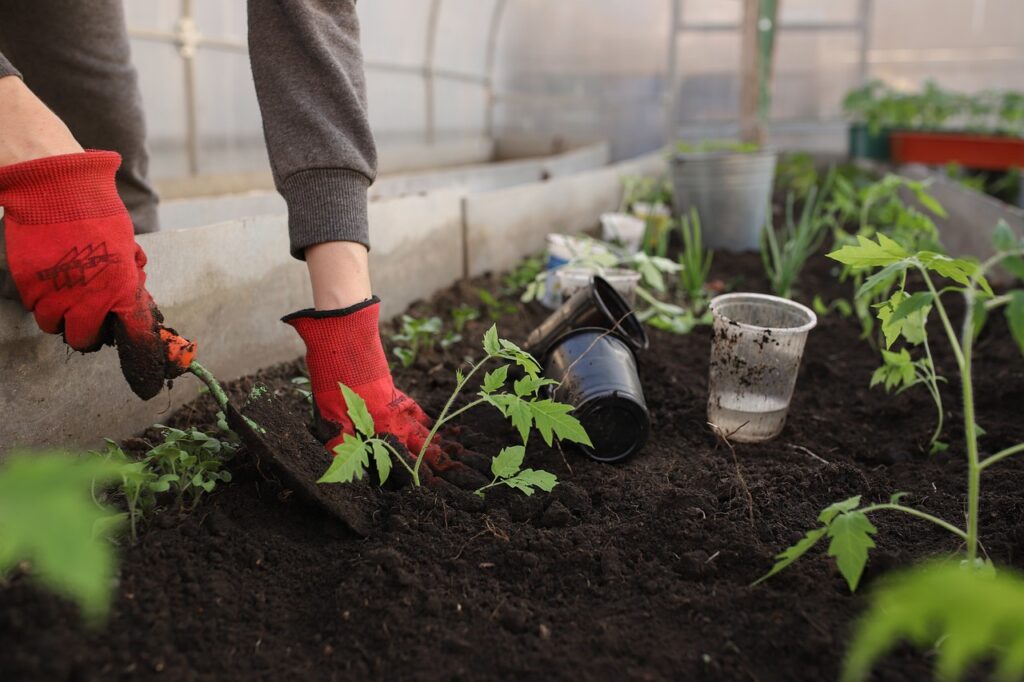



Pingback: Secrets of Successful Fruits Farming: Expert Advice for Every Gardener 2024
Thanks for your comments
Pingback: Winning in Agriculture Proven Tactics to be successful 2025
Thank you for the auspicious writeup. It in fact was a amusement account it. Look advanced to far added agreeable from you! By the way, how could we communicate?
Nice blog! Is your theme custom made or did you download it from somewhere? A design like yours with a few simple adjustements would really make my blog jump out. Please let me know where you got your theme. Many thanks